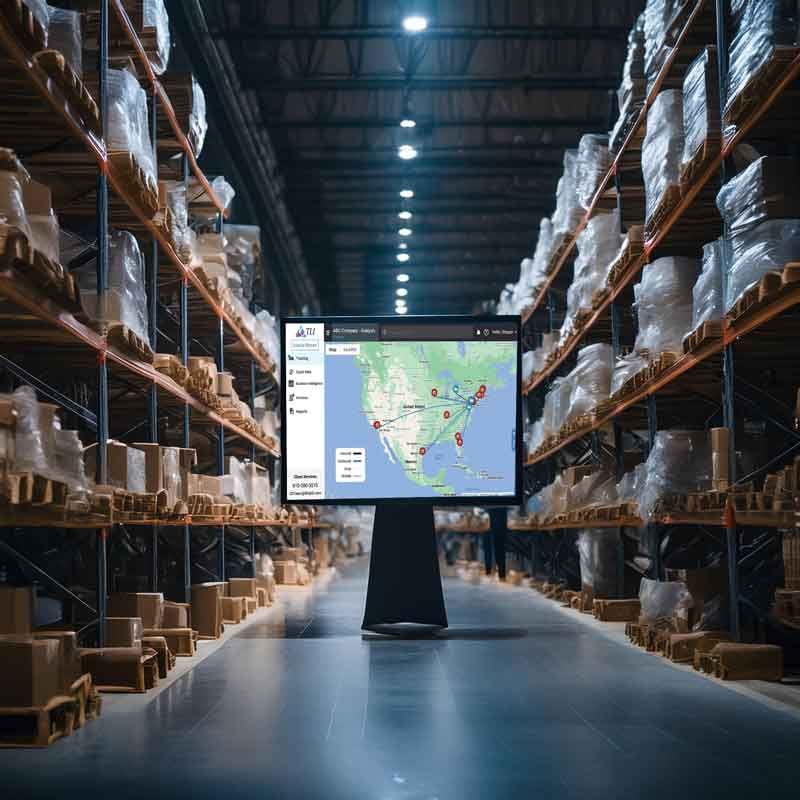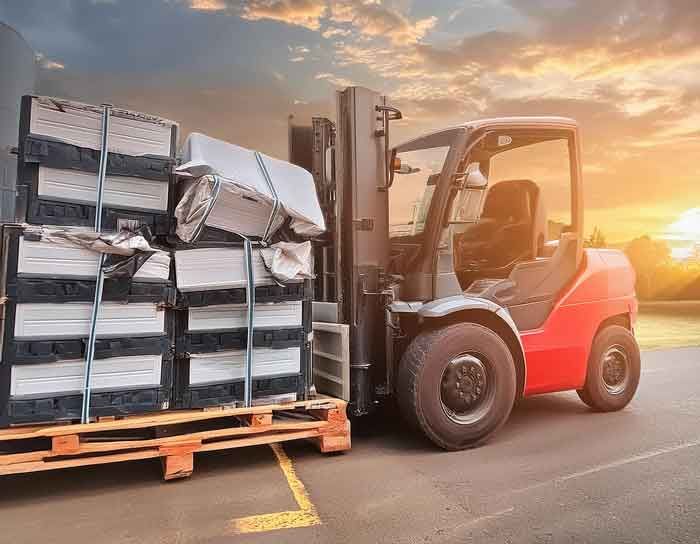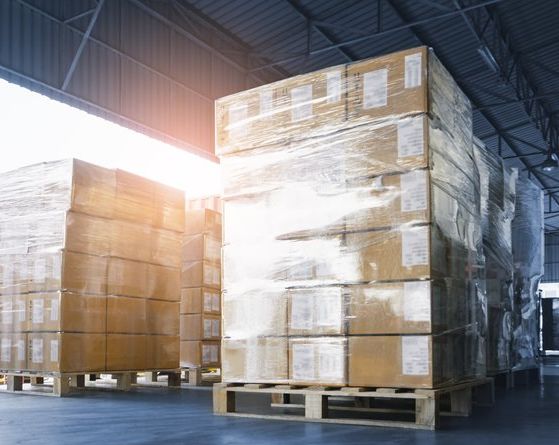Cross Docking Warehouse
Cross Docking
Is your supply chain speedy and productive?
Utilizing cross-dock operations could help your supply chain achieve a competitive advantage within your shipping industry because cross-docking minimizes handling times and maximizes efficiency.

What is a Cross Docking Warehouse?
Cross-docking eliminates the need for storage in the supply chain. Workers unload products from truckload trailers, containers, or railroad cars, sort them, and immediately reload them onto outbound trucks to continue their journey.
This process allows employees to consolidate products destined for the same location into fewer transport vehicles or break down large shipments into smaller groups for easier delivery. Ultimately, both methods create a leaner, more efficient supply chain.

Cross Docking Benefits:
One Word: Consolidation
Overall, incorporating cross-docking into your retail supply chain offers several benefits:
- Reduced inventory costs by minimizing warehouse space needs
- Improved delivery times by optimizing the supply chain
- Increased accuracy by eliminating manual handling needs
- Better responsiveness through real-time demand change tracking
- Increased sustainability by reducing shipments, transportation costs, and emissions
Because products spend less (or no) time in the warehouse, inventory handling and storage costs greatly reduce. Additionally, goods typically reach their final destination (e.g., the customer) much faster, giving you a competitive edge.

Types of Cross Docking
Pre-Distribution vs. Post-Distribution Cross-Docking
Cross-docking breaks down into 2 basic types: Pre-Distribution and Post-Distribution.
With Pre-Distribution, workers unload goods from full truckloads, sort them, and repack according to pre-determined distribution instructions. In other words, the customer is identified before the goods even leave the supplier.
In the Post-Distribution process, sorting defers until workers choose the proper facility and customers based on demand. This means goods spend a little more time in the distribution or cross-docking facility, but retailers and suppliers benefit from additional time to make smarter, more informed decisions about where to ship based on in-store inventory, sales forecasts, and point of sale trends.

Cost Savings
Minimal Handling Equals Less Damage
Nobody wants customer complaints about damaged products. When this happens, it is often due to the number of times workers handled the product in shipping. Many companies utilize less-than-load (LTL) shipments because sending full truckloads is not possible or cost-effective. This means your product goes through multiple shipping facilities before arriving at its final destination. Using a cross-docking operation allows your product to go through a minimal number of locations before the final destination, equating to a smaller damage likelihood.
Consider Incorporating Translogistics Into Your Supply Chain
Usually, goods most conducive to cross-docking are high-volume, fast-moving products in stable, consistent demand. A 3PL partner like Translogistics (TLI), however, has the ability and experience to handle oversized or complex items in multiple temperature environments, greatly expanding services a typical cross-docking operation can provide. So, if you are interested in reducing storage cost to achieve cost savings targets, and would like TLI to help, contact TLI today!
TLI Insights
Get the latest logistics insights and tips from Translogistics’ award-winning team. Stay ahead in transportation planning.
Questions? Email us at marketing@tli.email



